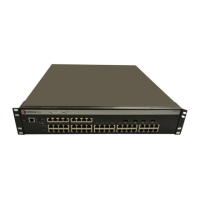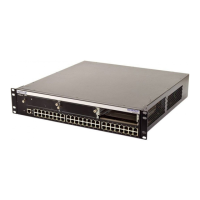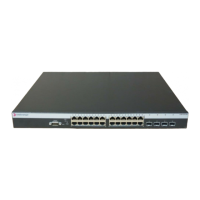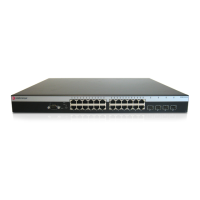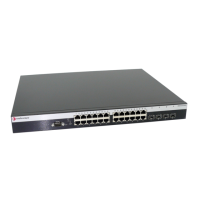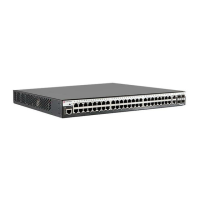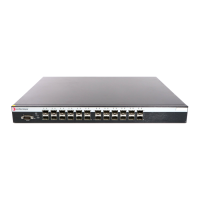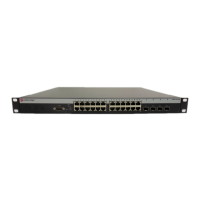Spanning Tree Commands
4-185
4
Command Usage
This command limits the maximum transmission rate for BPDUs.
Example
spanning-tree mst-configuration
Use this command to change to Multiple Spanning Tree (MST) configuration mode.
Default Setting
• No VLANs are mapped to any MST instance.
• The region name is set the switch’s MAC address.
Command Mode
Global Configuration
Example
Related Commands
mst vlan (4-185)
mst priority (4-186)
name (4-187)
revision (4-187)
max-hops (4-188)
mst vlan
This command adds VLANs to a spanning tree instance. Use the no form to remove
the specified VLANs. Using the no form without any VLAN parameters to remove all
VLANs.
Syntax
[no] mst instance_id vlan vlan-range
• instance_id - Instance identifier of the spanning tree. (Range: 0-57)
• vlan-range - Range of VLANs. (Range: 1-4094)
Default Setting
none
Command Mode
MST Configuration
Console(config)#spanning-tree transmission-limit 4
Console(config)#
Console(config)#spanning-tree mst-configuration
Console(config-mstp)#
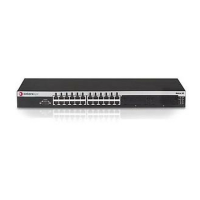
